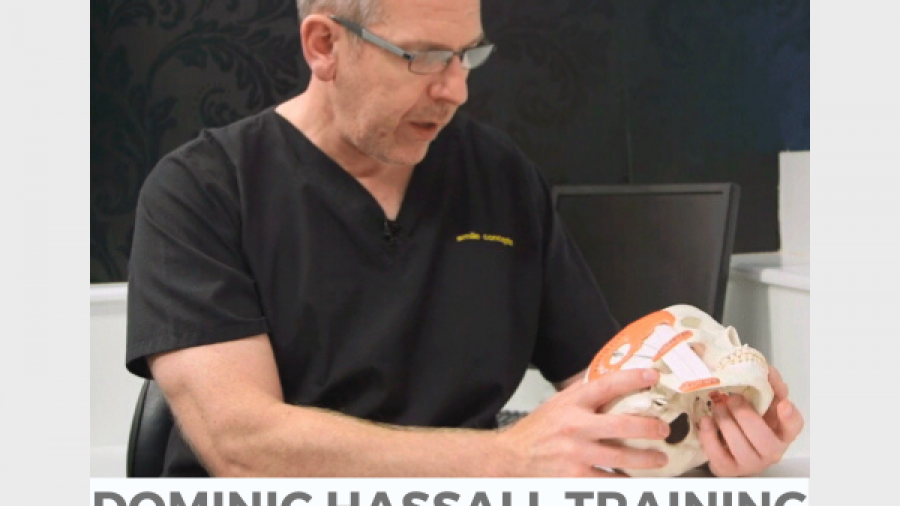30mins Verifiable CPD, 1 Module, 1 Learning Resource
Course Summary
In this easy to follow, yet very detailed lecture, Dr. Hassall presents an overview of the three main ceramic materials that are currently in use:
1. Feldspathic layering: Infiltrated glass ceramic.
2. Polycrystaline ceramic: Zirconia.
3. Pressed glass ceramic: e-max
Dr Dominic Hassall stresses that by understanding the science and the nature of these ceramic materials, the clinician is able to use this knowledge to provide the best restoration suitable to any particular situation.
Parafunction also plays an important role in the decision process and the possibility of chipping can rule out the use of the feldspathic layering in these situations.
Course presenter profile
Dominic Hassall, BDS MSc (Manc) FDS RCPS (Glasg) MRD RCS (Edin) FDS (Rest Dent) RCS (Eng), United Kingdom, general dental council registered specialist in Restorative, Periodontal, Prosthodontic and Endodontic Dentistry.
Dominic has been assessed to the highest level completing a masters degree and clinical examinations with the royal colleges in Glasgow and Edinburgh, culminating with the award of the prestigious intercollegiate speciality fellowship in Restorative Dentistry.
He has worked in private specialist practice in Harley Street and as a hospital consultant before setting up his own private, referral clinic, and postgraduate teaching institute in central England.
He is a pioneer in postgraduate dental education, initiating the UK’s first ever Masters programme in Cosmetic and Restorative Dentistry, and then the masters programme in Aesthetic and Restorative Dentistry.
4everlearning members can exclusively access more free training and information on Dominic’s Courses from within the members’ area.
Learning Content
Strength and aesthetic considerations for each of the three main ceramic materials are discussed.
Aims & Objectives
- To understand the nature of the three main ceramic materials currently in use to help the clinician decide on which material offers the best restorative and functional outcomes.
- To be able to balance the aesthetic considerations with the functional strength of each material.
- To be aware of maximum limitations in bridges and cases with parafunction.
Development Outcomes
A. Effective communication with patients, the dental team, and others across dentistry, including when obtaining consent, dealing with complaints, and raising concerns when patients are at risk.
B. Effective management of self, and effective management of others or effective work with others in the dental team, in the interests of patients at all times; providing constructive leadership where appropriate.
C. Maintenance and development of knowledge and skill within your field of practice.

